On May 28, the Yunus Emre Institute (YEE) officially launched the “My Guide Is Turkish” initiative at Romania’s Grigore Antipa National Museum of Natural History, one of the country’s most prestigious scientific institutions. This project introduces Turkish-language audio guides, digital panels and educational signage to key exhibitions, including the Dinosaur Gallery, Ecosystems Section and Mineralogy Exhibition.
The initiative is a collaboration between the YEE, Romania’s Ministry of Culture and the Grigore Antipa Museum, aiming to enhance accessibility for Turkish-speaking visitors and promote cultural inclusivity.
Professor Abdurrahman Aliy, president of the YEE, stated that the project goes beyond translation by offering a meaningful cultural experience for Turkish speakers. Türkiye’s ambassador to Romania, Özgür Kıvanç Altan, emphasized its diplomatic significance in strengthening cultural ties between Türkiye and Romania.
Alina Dumitrescu, director of the museum, described the initiative as a milestone in inclusivity, allowing Turkish-speaking guests to engage with the exhibits fully. The project builds on previous pilots at Peleș Castle and the Constanța Art Museum, expanding Turkish-language accessibility to three major Romanian cultural institutions.
Founded in 1908, the Grigore Antipa Museum houses nearly 2 million specimens and plays a vital role in public education and research. Plans are in progress to extend Turkish-language services to additional museums and heritage sites across Romania and Europe.
On the same day, the YEE hosted the 2nd Turkish Language and Children’s Festival at the Bucharest National Children’s Palace. The event brought together thousands of children learning Turkish through the Institute’s My Choice is Turkish program, launched in 2024.
Coinciding with Romania’s National Year of Children 2025, the festival celebrated Turkish as a language of cultural connection. Highlights included traditional Romanian folk dance, children’s performances of Turkish and Romanian songs, and a duet by Romanian singer Otilia and Turkish artist Deniz Cem, symbolizing cultural unity.
Folk dance groups representing the Democratic Turkish Union of Romania and the Turkish Muslim Tatars performed Anatolian and Tatar dances, showcasing the region’s ethnic diversity.
Nearly 1,000 children received gift packages, expressing enthusiasm for Turkish language learning and hopes to visit Türkiye. School officials emphasized the importance of multilingual education and cultural understanding.
Turkish Cuisine Week highlights heritage
Parallel to the museum project, the YEE Romania organized Turkish Cuisine Week in Bucharest, showcasing Türkiye’s rich and diverse culinary traditions. The event was supported by Kral Catering and Zeina Kebap and aimed to introduce Romanian audiences to authentic Turkish food, emphasizing its cultural significance and role in diplomacy.
Opening the week, Aliy described Turkish cuisine as reflecting Anatolia’s history and multicultural heritage. “Turkish food represents centuries of civilization, migration routes and geographic richness,” he stated. Mustafa Yıldız, coordinator of YEE Romania, called Turkish cuisine a universal language through which hospitality and culture are shared.
Altan noted the importance of gastronomy as a diplomatic tool, saying: “Turkish cuisine carries a thousand-year-old cultural heritage. Promoting it in Romania strengthens our bilateral cultural bonds.”
Throughout the week, visitors enjoyed a carefully curated menu that featured classic dishes such as su böreği (a layered pastry), Adana kebab grilled over wood fire and döner served with bulgur pilaf and seasonal salads. Mezes like haydari (strained yogurt with herbs), kısır (bulgur salad) and stuffed vine leaves reflected Mediterranean and Ottoman influences. Traditional desserts included baklava, şekerpare (semolina cookies in syrup) and güllaç, a rosewater-scented dish commonly served during Ramadan.
Turkish coffee and brewed tea accompanied meals, completing the cultural experience.

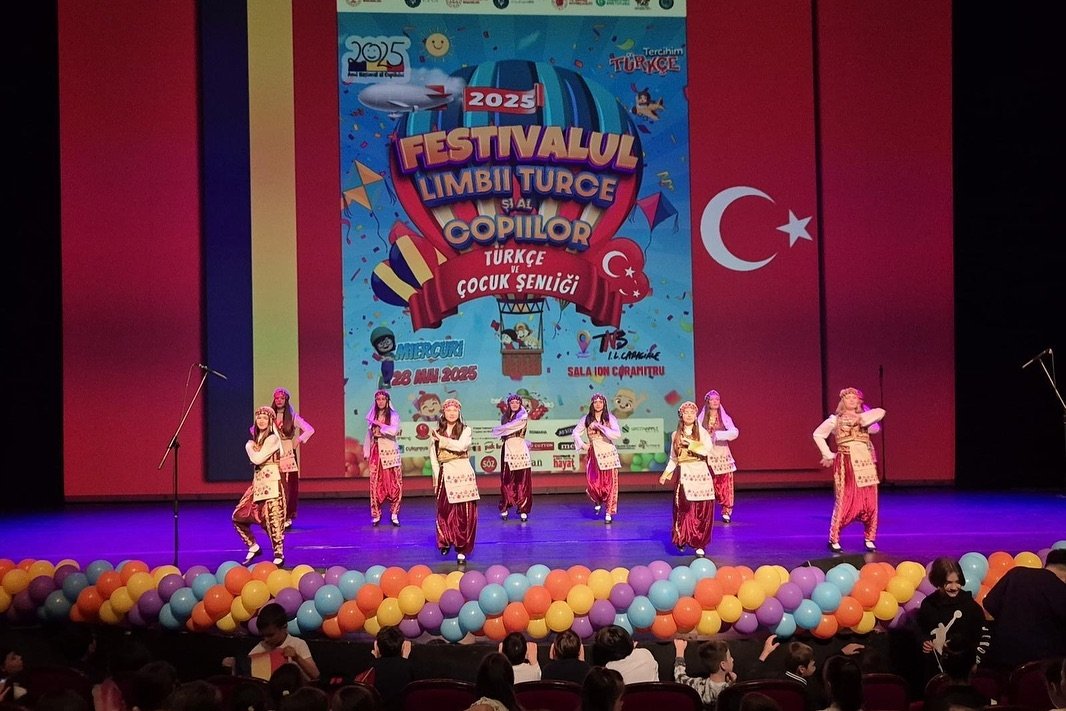



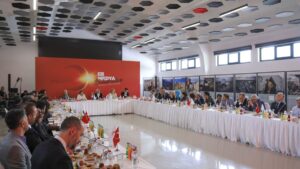
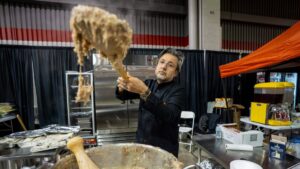
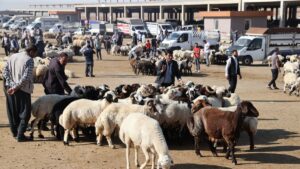
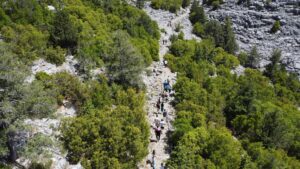

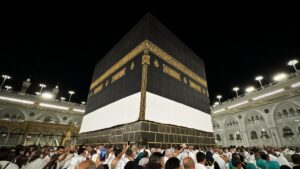
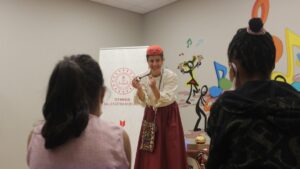

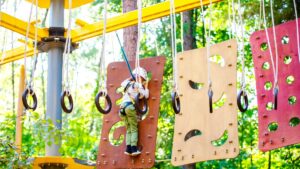
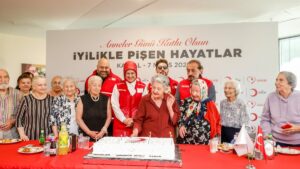




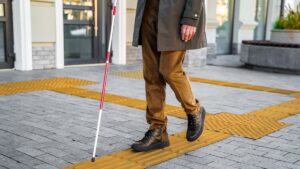
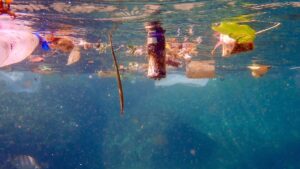
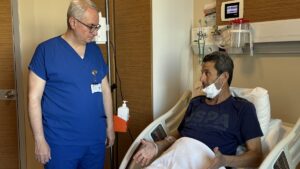
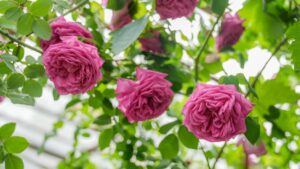
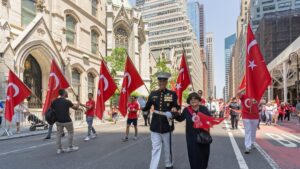
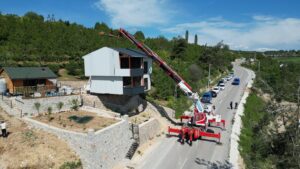


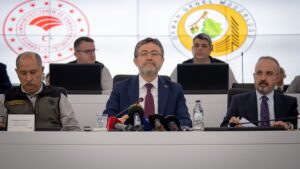


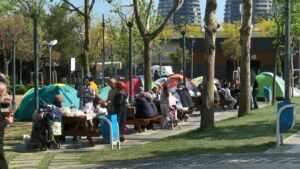
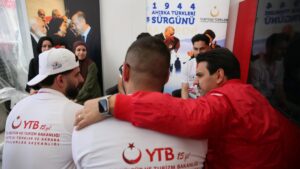

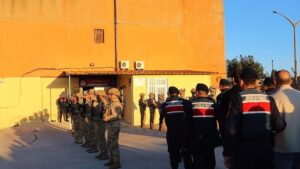
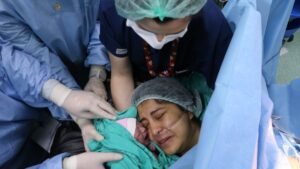


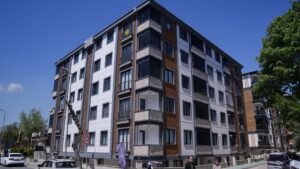

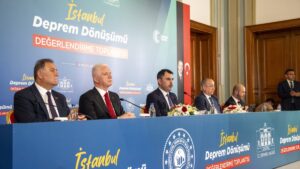
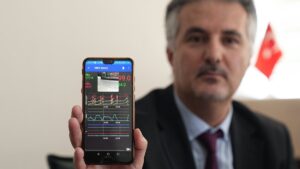

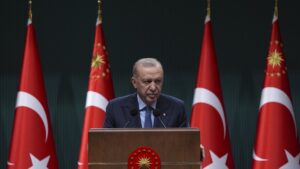
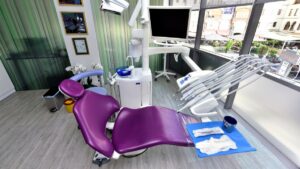
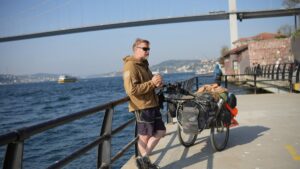
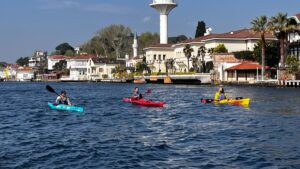
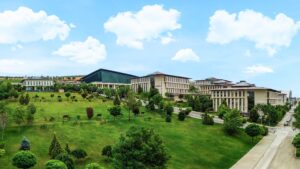
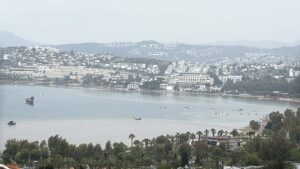
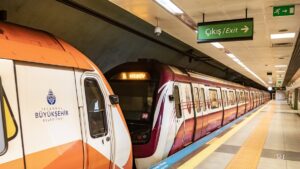
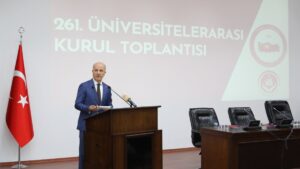
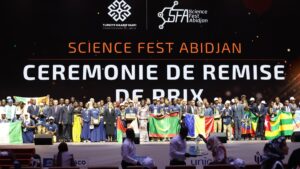

Be First to Comment